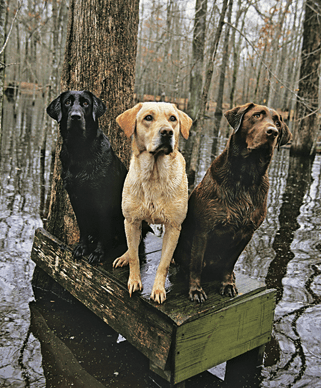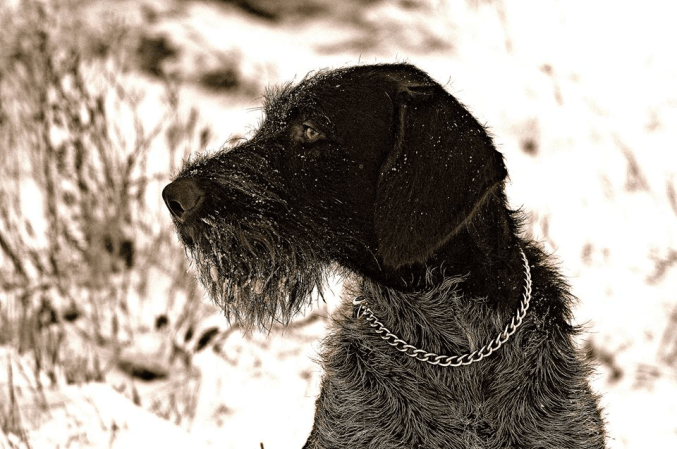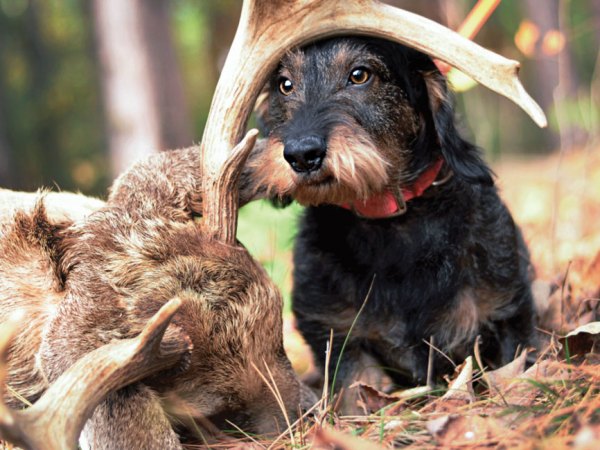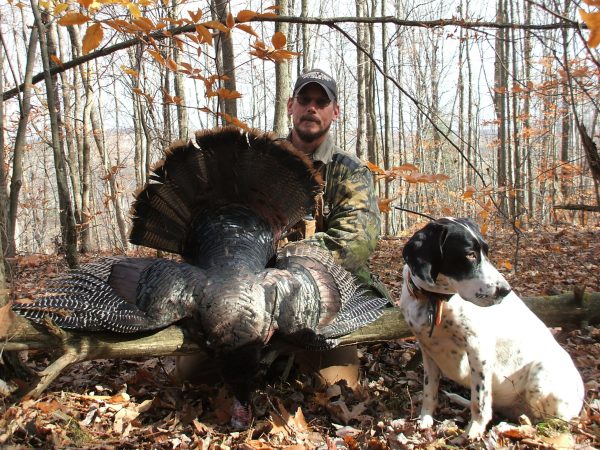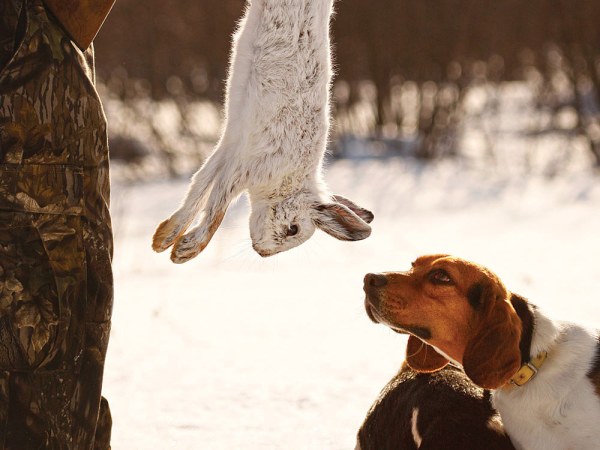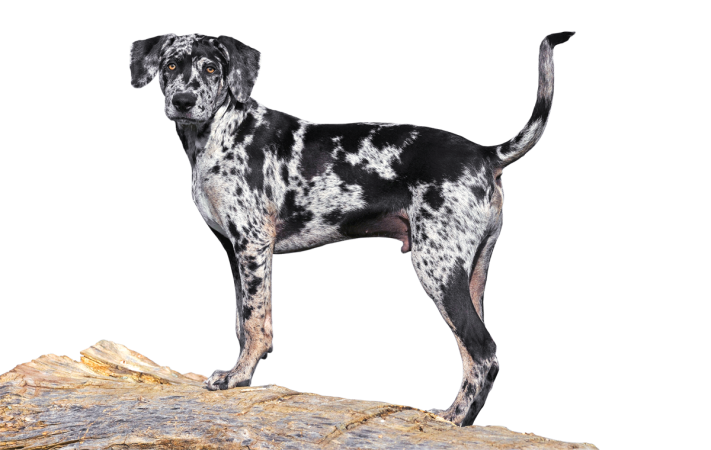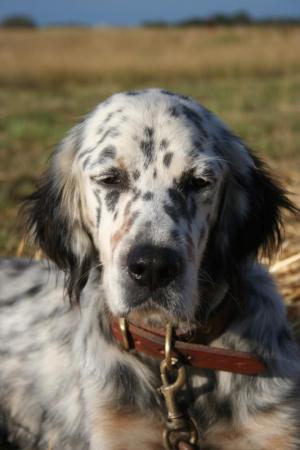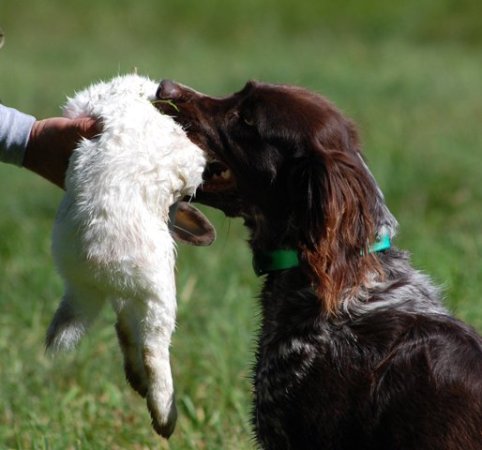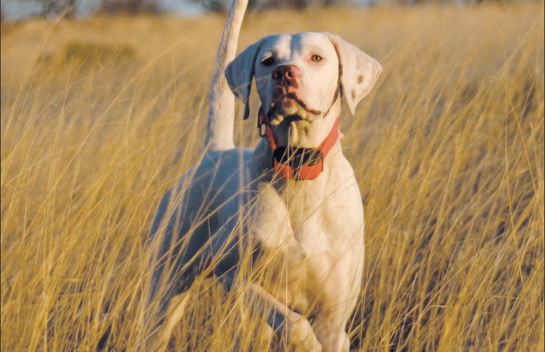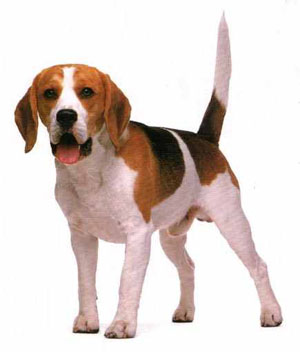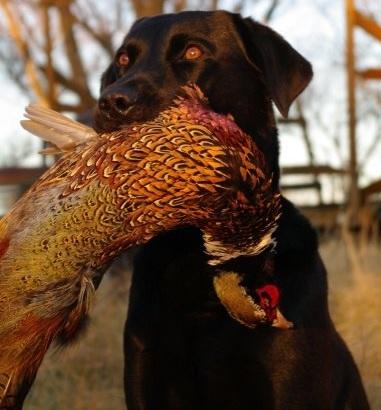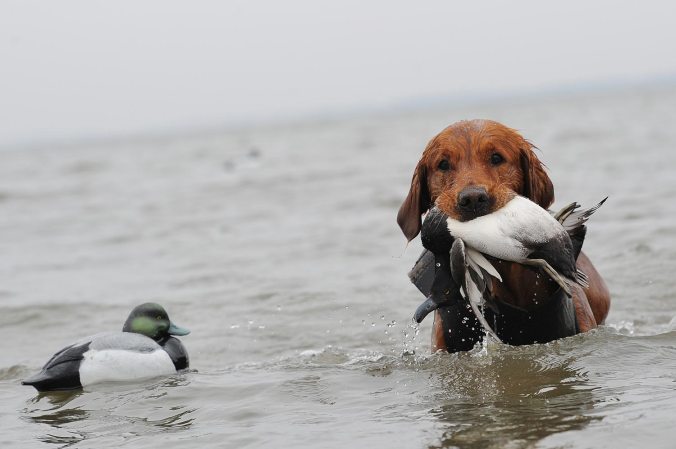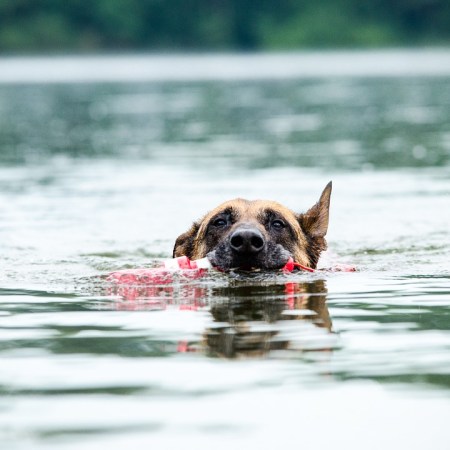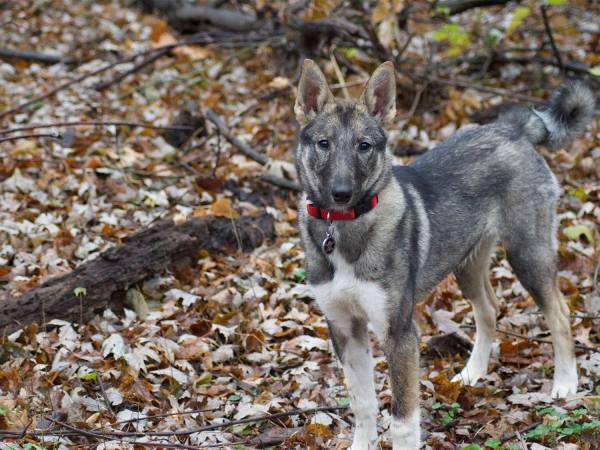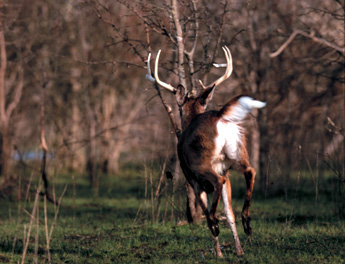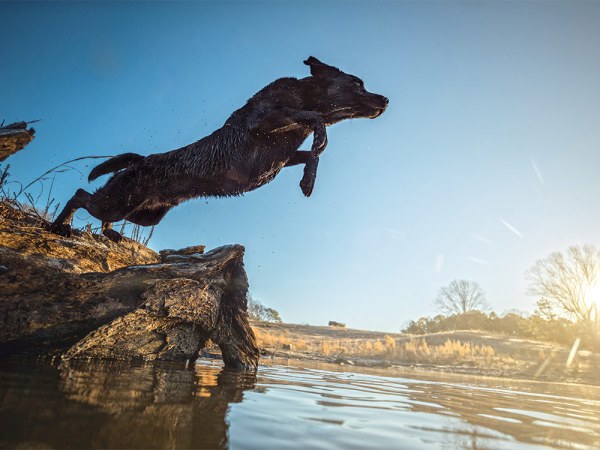Choosing the most versatile dog breed is THE topic that always comes up when owners with different preferred dog breeds hang out together. And it’s a fairly dangerous one that can devolve into “discussions” equaled only by adult-beverage-fueled “conversations” on politics and religion.
In fact, it’s such a great topic that everyone wants to play the game and try to declare the best dog for all huntingdom. A reader comment on the “Best Dog Breeds for Every Game Animal” spawned a discussion on Llewellin setters. Now Outdoor Life editor Andrew McKean has tapped me to declare an all-around best hunting dog — and put objective testing standards into the declaration — for the June/July issue of the magazine.
Here’s the problem: it’s impossible.
There is no single dog that can do it all. We’ve been selectively breeding dogs to fill different niches for 33,000 years. We’ve developed big and small dogs. Those that can run fast; swim in icy water; retrieve; use their eyes to chase; can survive in hot or cold climates; and any other category you can imagine.
Trying to compare different breeds doesn’t fairly acknowledge a breed’s strengths, nor honestly recognize its weaknesses. Even if you could put an objective measurement around very subjective ideas – say, best nose or greatest stamina – it doesn’t translate to different climates, terrain, cover, etc.
To solve this problem for the June/July issue of OL, I divided hunting dogs into their respective categories – retrievers, pointers, hounds, curs/feists – and tried to use objective, subjective and even health issues to declare a “best-of” for each. It’ll be interesting to see reactions among the magazine’s readers.
Which brings me to this great comment from reader Pup49, who wrote:
“I would need a whole kennel of dogs if I wanted to use your “best” selections. What would you select as your most versatile dog? Good on upland game, waterfowl, and fur. Mine would be the Deutche Drahthaar a.k.a. German Wiredhair Pointer.”
The wirehair pointer is the definition of a versatile dog. They excel in the upland fields, can make water retrieves, and will go after big and small furred game. The problem is, they’re not going to retrieve like a Labrador, Chessie or golden retriever — they just don’t have the coat to handle repetitive retrieves in cold water, especially if they’re extremely long and difficult. Likewise, they’re not going to compete with a Walker, Plott or bluetick when it comes to chasing coons, bears or cougars. While they possess the athleticism to do so and perhaps even the desire, they haven’t been bred to bawl and chop on the chase/tree, which does nothing to help the hunter identify their location (of course, today’s GPS units could make this point somewhat moot; but, running them with hounds could train them to bark by association).
Pup49’s point about needing a dog to cover multiple niches so as to not have an entire kennel of hounds to do different things is quite valid. As an aside, the post wasn’t meant as an “only” dog for the game animal, but rather the best for the prey species.
Personally, if I had to choose just a dog or two to do it all, I would go with: A Labrador retriever for waterfowl and upland game (they’re hard to beat for ducks and geese, and make a very passable upland-bird dog), and then pick a hound for chasing fur – probably a Walker or Plott, depending on which species of game I wanted to pursue most.
And that is the ultimate question you have to ask yourself when considering a dog: What is the most important task I want to accomplish with the dog?
Even when a dog can pull double-duty, such as a Lab, you have to identify which task is most important to you. If your main goal is upland hunting with only a smattering of waterfowling, then maybe you’d be better off with a versatile dog like the wirehair, or perhaps an English springer spaniel instead of a Lab.
It’s all about determining the most important task to you and then identifying a dog that best achieves that result while also completing the secondary tasks to your standards.
There’s no such thing as the “best all-around” dog – there’s always give and take, and finding a balance that makes you happy.


